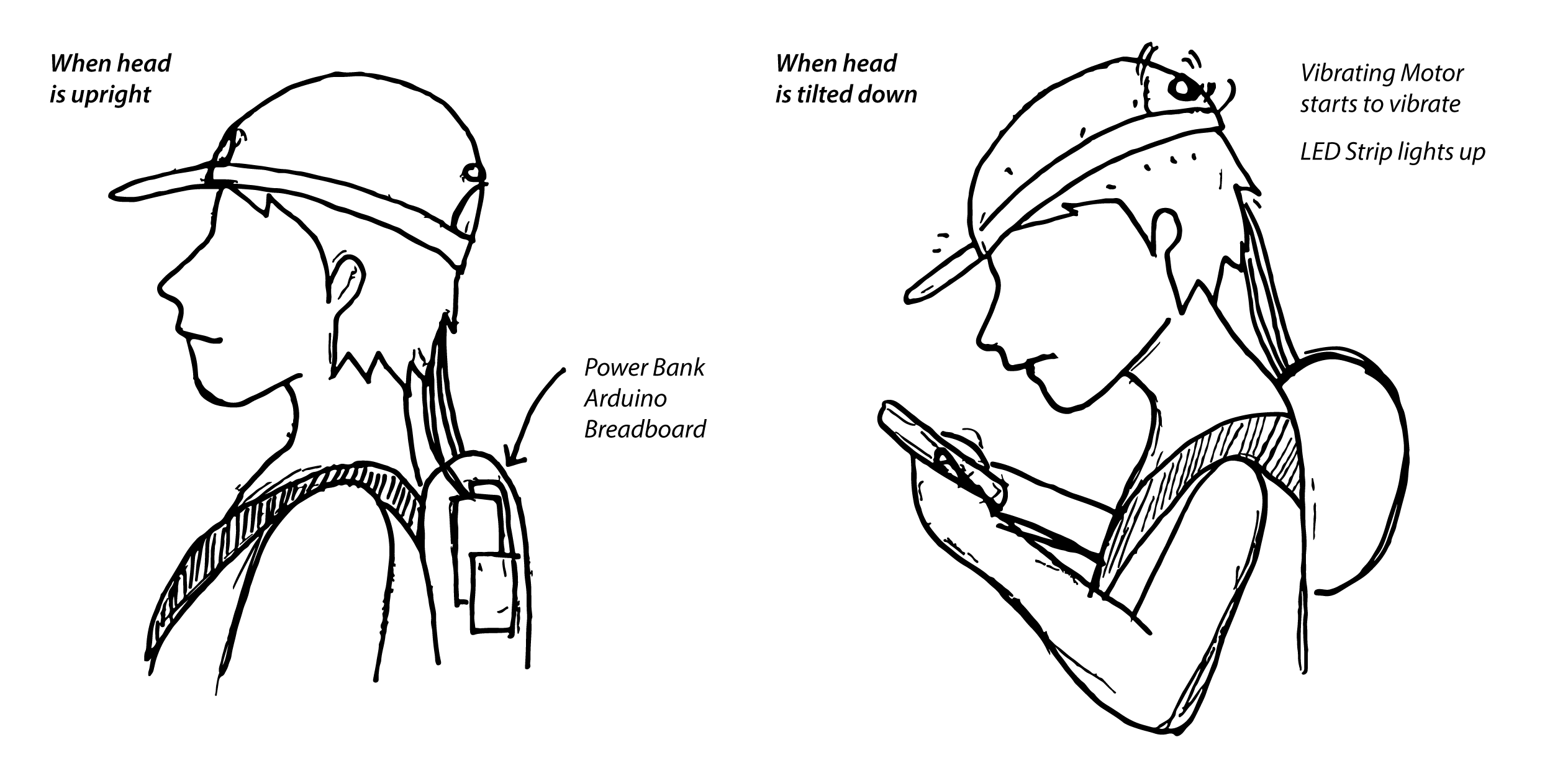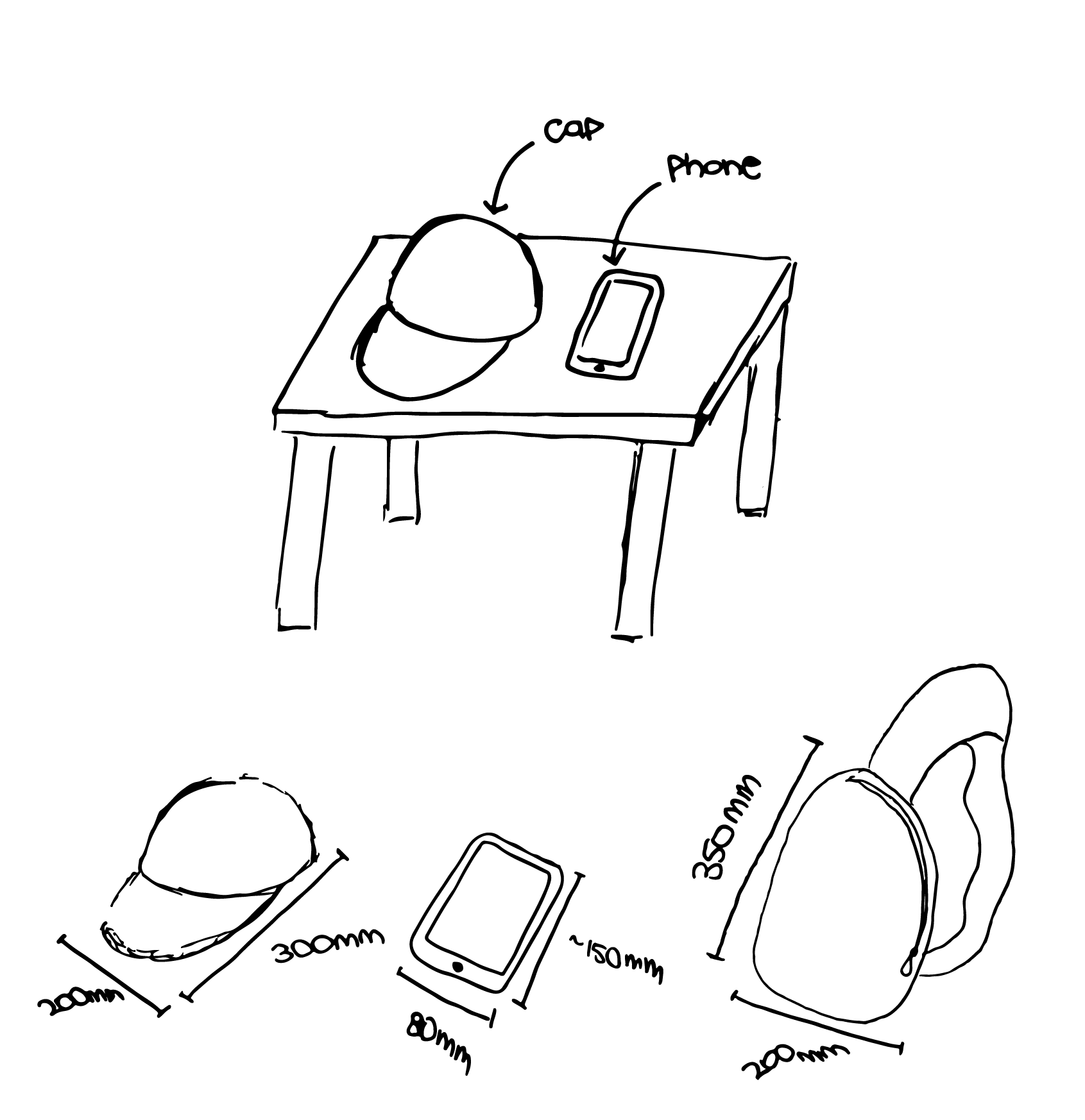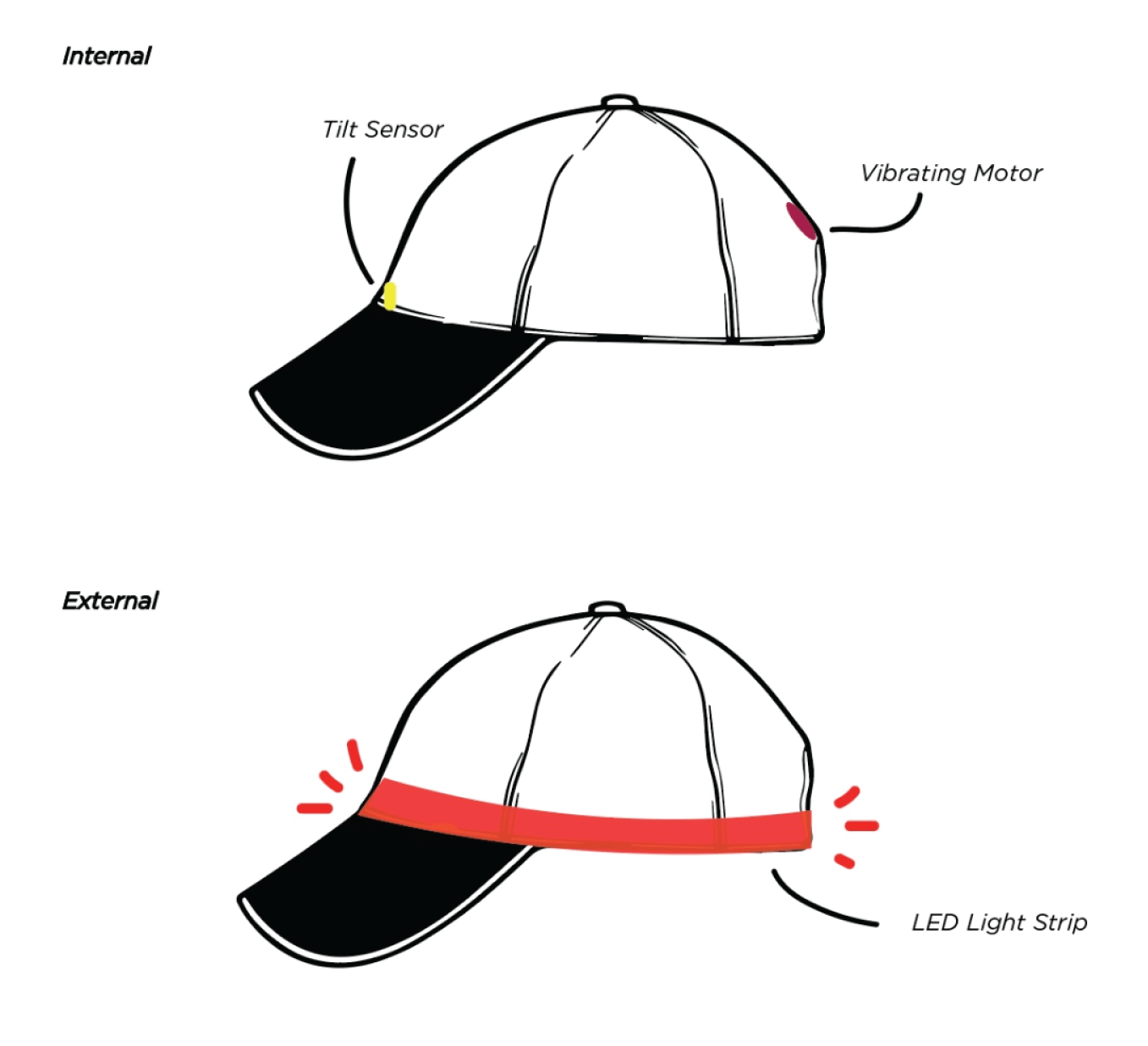DESIGN NOIR
‘Design Noir’ was a term came up by Anthony Dunne and Fiona Raby, in their book about the Critical Design Movement, which focuses on the relationship between humans and the rapidly developing technology, and how electronic objects shape our lives. Both Anthony and Fiona were the founders and pioneers of the movement, where design embodies alternate social, cultural, technical, or economic values to challenge the conventional values of today, and as well as to critique the established ‘problem’-solving role of design. The term ‘Design Noir’ was inspired by how the characteristics of Critical Design was similar to noir films; especially the part about “trying to escape from the normalisation in urban settings”, where normalisation is design being functionality-centric, and are mass-produced.
In today’s culture, the role of design is transforming into an agent for capitalism, with the main purpose of creating and maintaining the demand for newer and improved products. Corporations are more focused on meeting the consumers’ expectations and are often reluctant to invest in a more responsible and pro-active role within the society. Hence, Critical Design and human oriented values are often neglected in favour of designs which focuses solely on functionality, practicality, and popularity. The alternate possibilities of the designs, and important human-oriented values are often disregarded, and are slowly being deemed as only fictional.
According to the authors, design can be classified into two broad categories – Affirmative Design, in which most designs today fall under, and Critical Design. The main purpose of Critical Design was not to appeal to the masses and to generate sales, but to raise debate over the social and cultural values that we deemed as real or fictional, the aesthetics of our electronically mediated existence, and as well as the given roles of existing designs. Unlike Affirmative Design which are created for the market and are mass-produced, Critical Design can never be popular, as they are questioning and challenging the industry’s agendas.
As Thomas Frank wrote in his book, One Market Under God(2001), “the marketplace is viewed as the only reality”. A design is only considered successful if it was popular, and was able to sell in large numbers. Designs which are not meant for the market are regarded with suspicion and are often dismissed as elitist. Hence, Critical Design, which tends to be provocative and challenging in nature, and its main purpose of stimulating reflection and challenging industrial agendas, would tend to only remain as prototypes, as they are “not suitable” for the market, and are unlikely to be funded by the industry.
COMPLICATED PLEASURE
In order for conceptual designs to be effective, it must be able to provide a form of ‘pleasure’. Often causing contradicting or complex feelings, Martin Amis has called this experience provided by such designs as ‘complicated pleasure‘. This experience happens through the development of ‘value fictions‘, which are the scenarios we imagine in our heads. In such scenarios, the technology is realistic, while the social and cultural values are highly ambiguous, to question viewers about what they deemed as real or fictional. These designs are usually alternatives of existing designs / objects, and are often provocative in nature. One of such design was Afterlife, by Jimmy Loizeau.
The idea of an afterlife was something intangible, which nobody can prove, and there are no scientific evidence to back that it do exist. As the designer was an Atheist who did not believe in any gods or a spiritual afterlife, he wanted to “prove” that an afterlife do exist, in a physical and tangible way through the usage of technology. Although it does not actually prove that a spiritual afterlife does exist, it was able to prove that it was possible . Not only does the design act as a ‘proof’, it also serves as an object that helps people to cope with grief. Apart from all these, I felt that it was also questioning our “electronically mediated culture”, and how “a battery might become as significant than an urn”.
Slides
References
Design Noir: The Secret Life of Electronic Objects – Anthony Dunne and Fiona Raby
http://www.augerloizeau.com/projects/afterlife
https://books.google.com.sg/booksid=_49YTKJ16l4C&printsec=frontcover#v=onepage&q&f=false
https://www.moma.org/artists/27788





